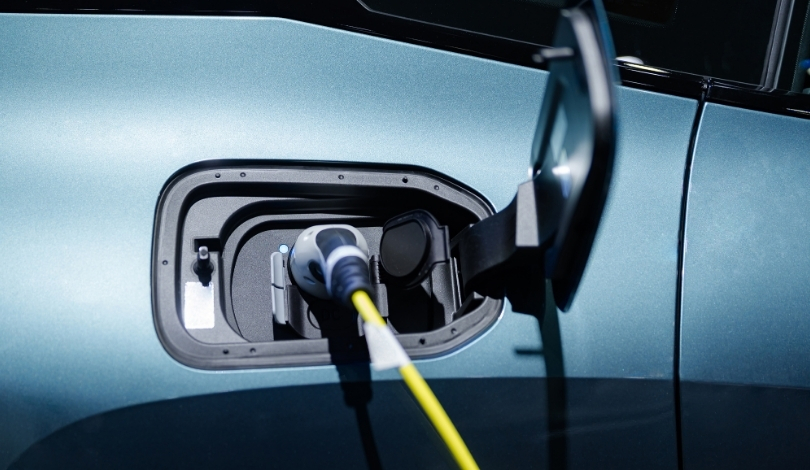Waymo, Alphabet’s self-driving subsidiary, is taking several steps to widen access to autonomous vehicles in new locations across the United States and abroad. The company’s intention to introduce services in additional cities comes alongside plans to test expanded features like highway operations and airport pickups. As the race for commercial deployment intensifies, Waymo’s moves carry implications for both regulatory negotiations and public perceptions of safety. The increased scale also puts the company in a competitive position against rivals while stressing its ongoing commitment to keeping detailed safety data transparent. The expansion is set to accelerate adoption rates, with weekly rides expected to multiply over the next two years.
Earlier reports highlighted Waymo’s progression mainly within urban settings in Phoenix, San Francisco, and Los Angeles, focusing on city streets and select airport routes. However, this update includes outdoor testing on highways and ventures into non-U.S. markets like Tokyo and London, indicating a broader international strategy. Prior updates from Waymo placed more emphasis on cautious scalability and waiting for regulatory approvals. Current plans reflect a blend of targeted rapid expansion and continued caution, building on past operational experience while introducing highway and cross-continental elements.
Which new cities will gain access to Waymo services?
Waymo has confirmed intentions to more than double its U.S. footprint by adding services in Miami, Dallas, Denver, Seattle, Nashville, and Washington, D.C. The company also revealed it will begin operations in Miami as soon as early next year. Regulatory readiness will influence the specific start dates in other cities, with some locations requiring additional groundwork before fully autonomous service can commence.
What are Waymo’s plans for international and airport operations?
Beyond North America, Waymo has initiated technology training trials in Tokyo through partnerships with local taxi companies, using human-operated vehicles to adapt to the urban density. The company is preparing to launch fully autonomous rides in London by 2026. Within the U.S., securing permits for airport operations in San Francisco and San Jose enables Waymo to support a key travel market segment as it scales its highway-ready fleet.
How does Waymo address safety during expansion?
Safety remains a priority throughout Waymo’s expansion efforts. The company publishes its crash statistics and highlights that autonomous performance compares favorably with human drivers, reporting significantly fewer severe accidents and injuries. Co-CEO Tekedra Mawakana stated,
“It is imperative that we scale.”
She added that Waymo would not hesitate to pause expansion if safety metrics deteriorate, emphasizing,
“That’s what it means to be a safety-first culture.”
Transparency and acknowledgment of the technology’s limits, coupled with clear communication, are central to maintaining public trust.
Waymo’s broadened focus from urban to highway driving brings new technical challenges, especially in terms of maintaining reliability at higher speeds and among diverse traffic behaviors. For users, airport access and journeys across city distances enhance the utility of autonomous vehicles. The company’s approach to gradual scaling, reinforced by open publication of safety results, serves as a model for managing both operational risk and public expectations. As regulations catch up and global markets open, competitors may learn from Waymo’s blend of ambitious growth and caution. For those following the future of urban transportation, understanding the pace, practices, and pitfalls of projects like Waymo’s remains crucial for informed perspectives.










